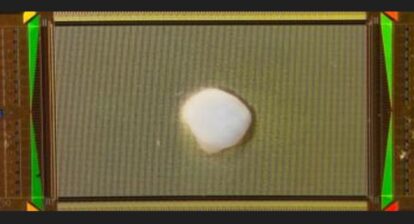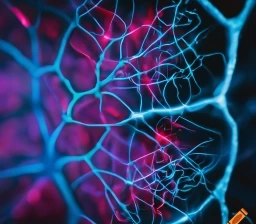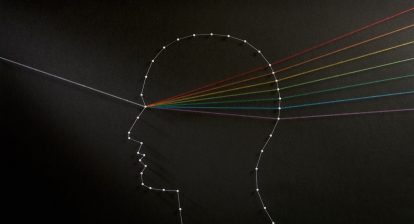Scientists used artificial intelligence or AI to guess what Pink Floyd’s ‘Another Brick in the Wall’ sounds like based on patterns of brain activity recorded while people were listening to it.
This is extremely cool well worth a listen!
Scientists from the University of California, Berkeley studied recordings from electrodes that had been surgically implanted onto the surface of 29 people’s brains to treat epilepsy.
According to the scientists: “We analyzed a unique intracranial electroencephalography (iEEG) dataset of 29 patients who listened to a Pink Floyd song and applied a stimulus reconstruction approach previously used in the speech domain.”
They then trained AI to enable it to successfully reconstruct the song that can be clearly recognised from direct neural recordings. The findings go a long way in furthering our understanding of how we perceive sound. Furthermore, they could eventually improve devices for people with speech impediments.
The study results were published in PLOS Biology.






